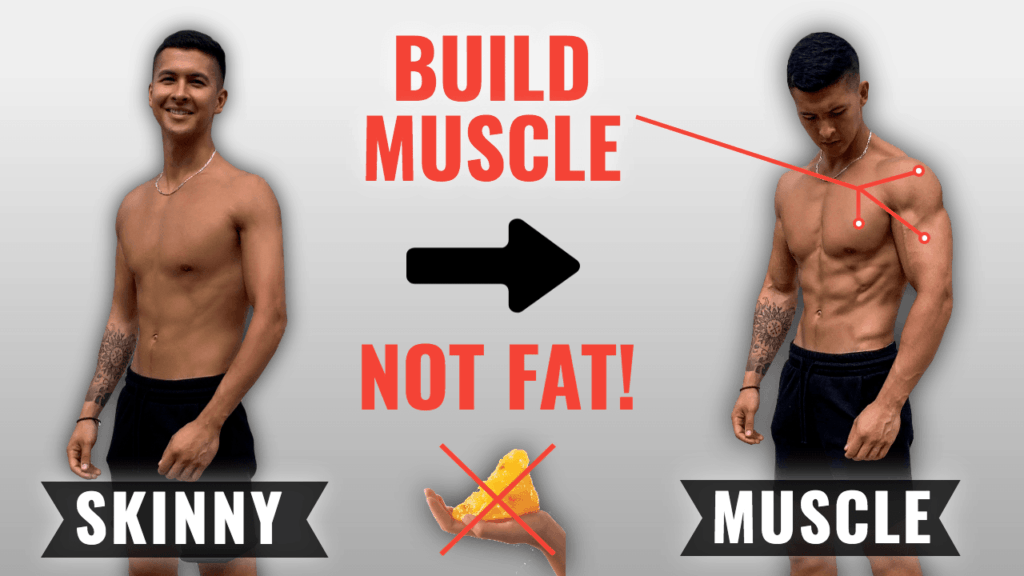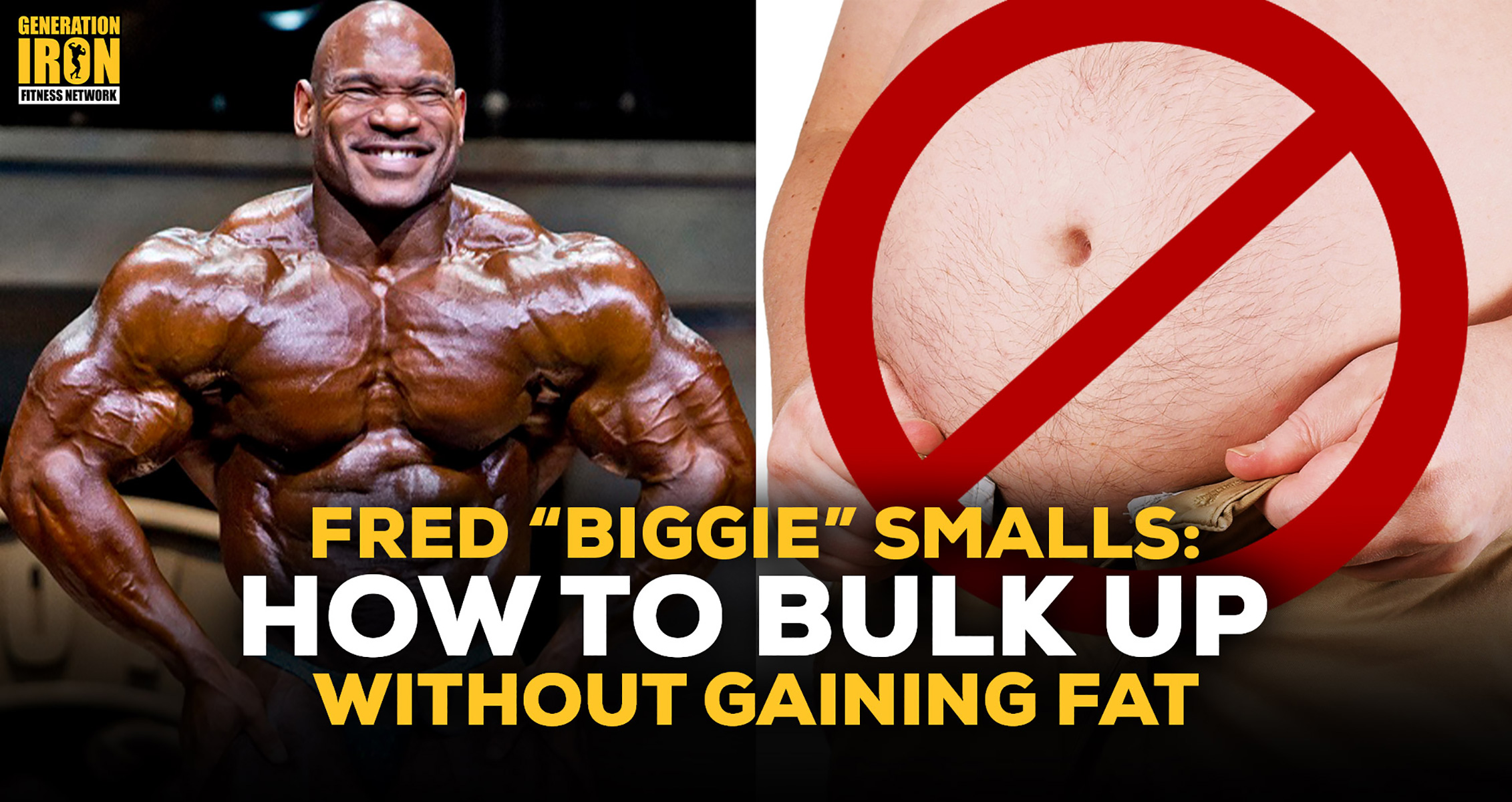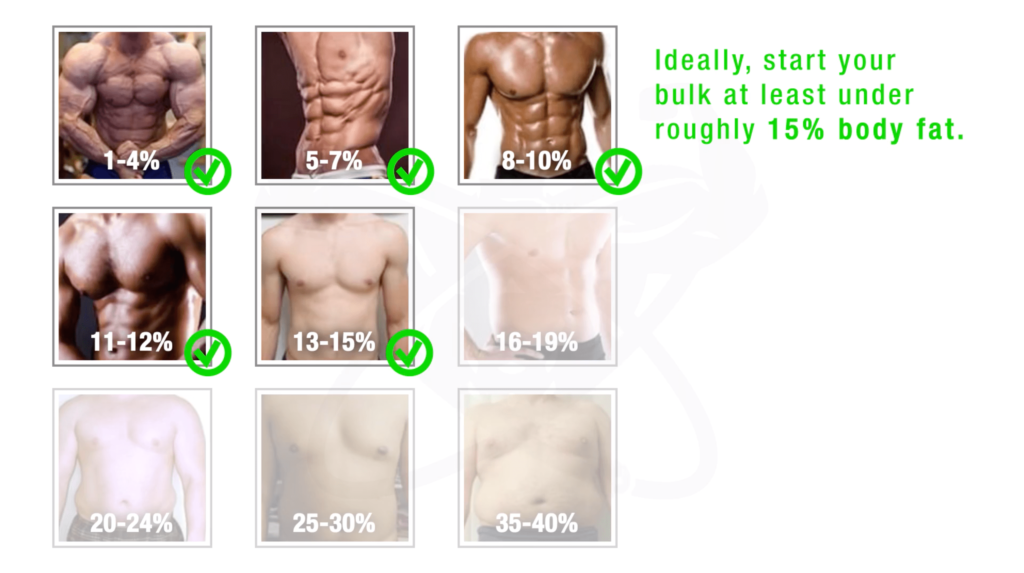How To Bulk Without Gaining Fat

Frustrated by bulking cycles that leave you with unwanted fat? Stop the cycle of feast and famine and learn how to build muscle without packing on the pounds.
This guide reveals the secrets to a lean bulk, turning your body into a muscle-building machine while minimizing fat gain.
The Calorie Conundrum: Finding Your Sweet Spot
The foundation of any successful bulk is a calorie surplus. But how much is too much?
Experts at the National Institutes of Health (NIH) recommend a moderate surplus of 250-500 calories above your Total Daily Energy Expenditure (TDEE).
TDEE is the total number of calories your body burns each day, factoring in activity level. Use an online TDEE calculator to get an estimate.
Then, meticulously track your calorie intake. Apps like MyFitnessPal or Lose It! can be invaluable for this.
Macro Magic: Protein is King
While calories are crucial, macronutrients dictate what your body does with those calories. Protein is your best friend during a bulk.
Aim for 1.6-2.2 grams of protein per kilogram of bodyweight daily, according to a meta-analysis published in the Journal of the International Society of Sports Nutrition.
This high protein intake supports muscle protein synthesis, helping your body repair and build new muscle tissue.
Good sources include lean meats, poultry, fish, eggs, dairy, and plant-based options like lentils and beans.
Carbs and Fats: Fueling Performance and Hormones
Don't demonize carbs and fats. They play essential roles in energy levels and hormone production.
Prioritize complex carbohydrates like brown rice, quinoa, and sweet potatoes. These provide sustained energy for workouts.
Include healthy fats from sources like avocados, nuts, seeds, and olive oil to support hormone balance and overall health.
Strategic Training: Lift Heavy, Lift Often
Nutrition is only half the battle. A well-designed training program is essential for channeling those extra calories into muscle growth.
Focus on compound exercises like squats, deadlifts, bench press, and overhead press. These movements recruit multiple muscle groups, maximizing muscle growth potential.
Aim for 3-5 resistance training sessions per week, targeting different muscle groups each session.
Progressive Overload: The Key to Continued Growth
Constantly challenge your muscles by gradually increasing the weight, reps, or sets you perform. This is known as progressive overload.
Without progressive overload, your muscles won't have a reason to adapt and grow. Track your workouts diligently to ensure you're consistently progressing.
Cardio Considerations: Balancing Activity and Recovery
While excessive cardio can hinder muscle growth, some cardio is beneficial for cardiovascular health and nutrient partitioning.
Incorporate 2-3 sessions of low-intensity steady-state (LISS) cardio per week, such as walking or cycling. Limit each session to 30-45 minutes.
LISS cardio can improve insulin sensitivity, helping your body shuttle nutrients to muscle cells rather than fat cells.
Sleep and Stress Management: The Underrated Factors
Don't underestimate the importance of sleep and stress management.
Aim for 7-9 hours of quality sleep per night. Sleep deprivation can impair muscle recovery and increase cortisol levels, which can hinder muscle growth and promote fat storage.
Manage stress through techniques like meditation, yoga, or spending time in nature. Chronic stress can also elevate cortisol levels.
Supplement Savvy: What Works, What Doesn't
Supplements can be helpful, but they're not a magic bullet.
Creatine monohydrate is a well-researched supplement that can enhance strength and muscle growth.
Whey protein can be a convenient way to increase your protein intake, especially after workouts.
Avoid fat burners and other questionable supplements. Focus on a solid foundation of diet and training.
Monitoring Progress: Adjust as Needed
Regularly monitor your progress by tracking your weight, body measurements, and body fat percentage.
If you're gaining weight too quickly or noticing excessive fat gain, slightly reduce your calorie intake. If you're not gaining weight, increase your calories slightly.
Be patient and consistent. Building muscle takes time and effort.
Next Steps: The Journey to Lean Gains
Implement these strategies and track your progress consistently. Adjust your approach as needed based on your individual results.
Consult with a registered dietitian or certified personal trainer for personalized guidance.
Remember, a lean bulk is a marathon, not a sprint. Stay committed, stay consistent, and enjoy the process.








+copy+copy-1+(5).png?format=1500w)









